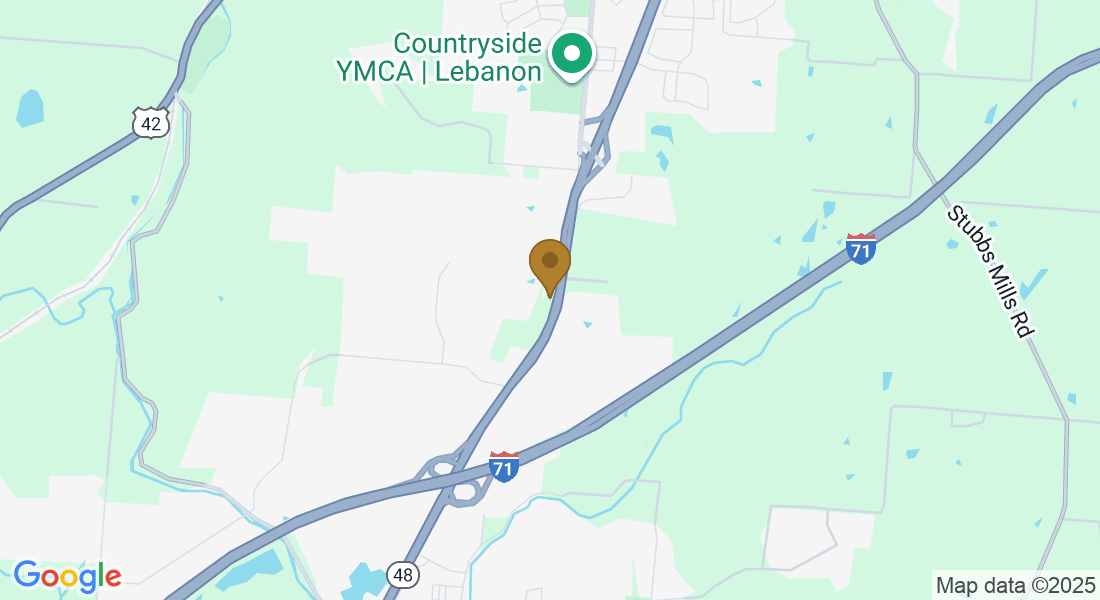
The Science of Airflow: What Happens During Sleep
Introduction
Breathing is something we rarely think about — until it becomes a problem. During sleep, airflow through the nose and throat plays a crucial role in whether we rest deeply or wake up groggy. But what actually happens to airflow when we drift off at night?
Let’s take a closer look at the science of sleep breathing — and why supporting nasal airflow makes such a difference.
Airflow Basics: Day vs. Night
During the day, muscles in the nose, mouth, and throat stay more active, keeping the airway relatively open. At night, these muscles relax. That relaxation can:
Narrow the airway
Increase resistance to airflow
Make tissues more likely to vibrate (snoring)
This natural shift makes people more vulnerable to blocked breathing while sleeping.
The Role of the Internal Nasal Valve
The internal nasal valve is the narrowest part of the airway, located just inside the nose. It’s responsible for regulating most of the airflow into your lungs.
At night, when breathing slows and tissues relax, the internal nasal valve is more prone to collapse. If that happens:
Airflow is restricted
The body switches to mouth breathing
Snoring and restless sleep often follow
Mouth Breathing and Its Effects
When nasal airflow is compromised, the body defaults to mouth breathing. This creates new problems:
Dry mouth and throat irritation
Noisy snoring
Reduced oxygen efficiency
More fragmented sleep cycles
Essentially, poor airflow through the nose disrupts the entire rest process.
Snoring: The Sound of Airflow Struggling
Snoring is the audible result of restricted airflow. As air pushes past soft tissues in the mouth and throat, they vibrate — creating noise. The narrower the passage, the louder the sound.
For many people, the root cause of that narrowing isn’t the throat itself, but the internal nasal valve higher up.
Why Nasal Breathing Matters for Sleep Quality
Nasal breathing offers multiple benefits over mouth breathing:
Filters and humidifies air
Produces nitric oxide, which improves oxygen delivery
Reduces vibration of tissues (less snoring)
Supports deeper REM and restorative sleep cycles
This is why people who restore nasal airflow often notice immediate improvements in how rested they feel.
How Nasaleve Helps Support Nighttime Airflow
Nasaleve is designed to target the problem at its source: the internal nasal valve.
By gently supporting the valve from the sides, it helps:
Prevent collapse during inhalation
Keep airflow steady all night
Reduce the need for mouth breathing
Minimize snoring caused by nasal restriction
The result is not forced sleep — but natural sleep made possible by better airflow.
Final Thoughts
Airflow is the hidden foundation of sleep quality. When it’s smooth and steady through the nose, the body can rest, recover, and restore. When it’s blocked, everything from snoring to fatigue to poor health can follow.
By understanding how airflow works — and supporting it with simple solutions like Nasaleve — you can transform the way you sleep and how you feel in the morning.
Call to Action:
👉 Want to restore natural airflow at night? See how Nasaleve supports deeper, quieter sleep.


